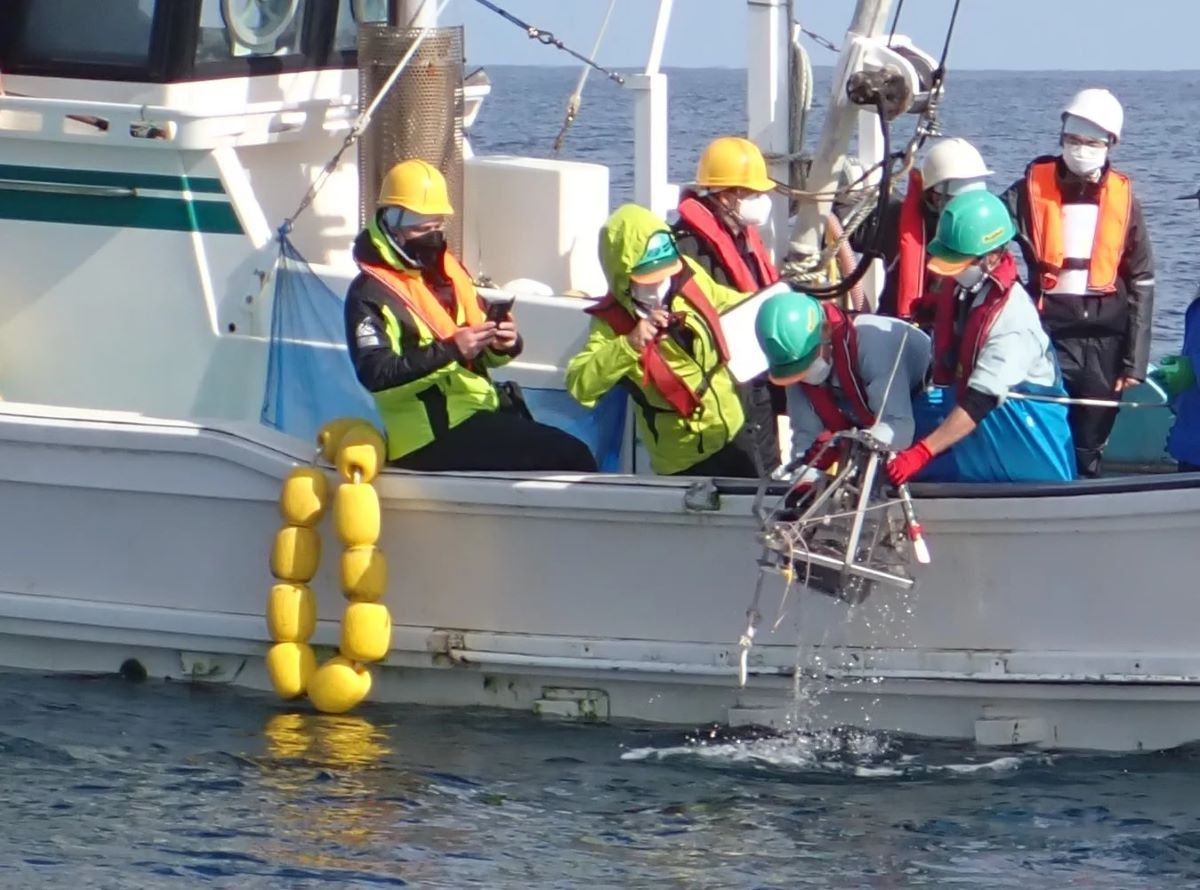In 2023, a total of seven new nuclear power plants (NPPs) started commercial operation worldwide: two in China and one each in Belarus, Finland, India, the United Arab Emirates (UAE), and the United States. In the same period, a total of five NPPs were closed, in Belgium, Germany, and Taiwan.
Worldwide, a total of 433 NPPs were in operation, with a total generating capacity of 412.440GW. The number of NPPs newly under construction was five in China, two in Russia, and one (construction just launched) in Egypt, bringing the total number of NPPs under construction to 73.
Meanwhile, a total of 89 NPPs are categorized as being planned: six new ones in China, two in France, two in South Korea, two in Kazakhstan, two in Ukraine, and one in Bulgaria.
At a press conference on April 5, JAIF President ARAI Shiro introduced the report. Looking back at the energy environment since the accident at Fukushima Daiichi in March 2011, he said, “While the introduction of nuclear power had stagnated for a while, the Russian invasion of Ukraine and the strained situation in the Middle East has spurred price hikes for fossil fuels. People are recognizing the importance of energy security, and there has been a renewed evaluation globally of nuclear power’s potential for realizing both stable energy supplies and decarbonization.”
Arai said that some particularly noteworthy developments in 2023 were the start of commercial operations at the Alvin W. Vogtle-3 NPP in the United States and the Olkiluoto-3 NPP in Finland. Vogtle-3 is the first new plant in the United States in 35 years, and the first AP1000. The Vogtle-4 unit is expected to start commercial operation this year.
The construction of Finland’s Olkiluoto-3 NPP had been launched back in 2005 as the first new unit in Europe in 12 years. Partly, however, because it was also the first European pressurized reactor (EPR), the project experienced various problems. When commercial service finally began in May 2023, it had been 18 years since the launch.
Small modular reactors (SMRs) have been the recent focus of active development in Europe and North America. Noticeably, the design and procedures for design recognition are proceeding, and other industries are starting to express interest in SMRs. President Arai cited some examples: (1) the conclusion of an agreement between the U.S. chemical manufacturer Dow Chemical and X-Energy, also of the United States to install a small high-temperature gas-cooled reactor, and (2) the plans being made by Nucore—the largest steelmaker in North America—to incorporate SMRs into its plants. There are also plans to use SMRs to provide electric power to data centers.
“The report not only presents country-by-country data,” President Arai noted, going on to say, “It also tracks the extensions of operating lifetimes and looks at trends in the development of SMRs.” He thus highlighted its usefulness.
You can also purchase the report through website in electrical form.



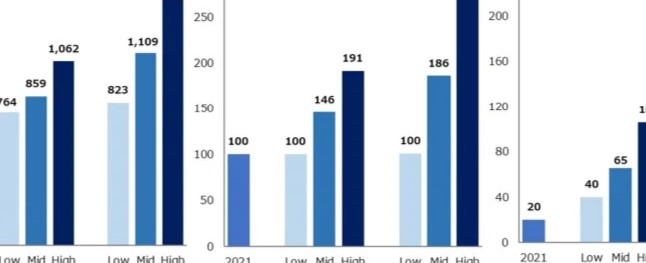




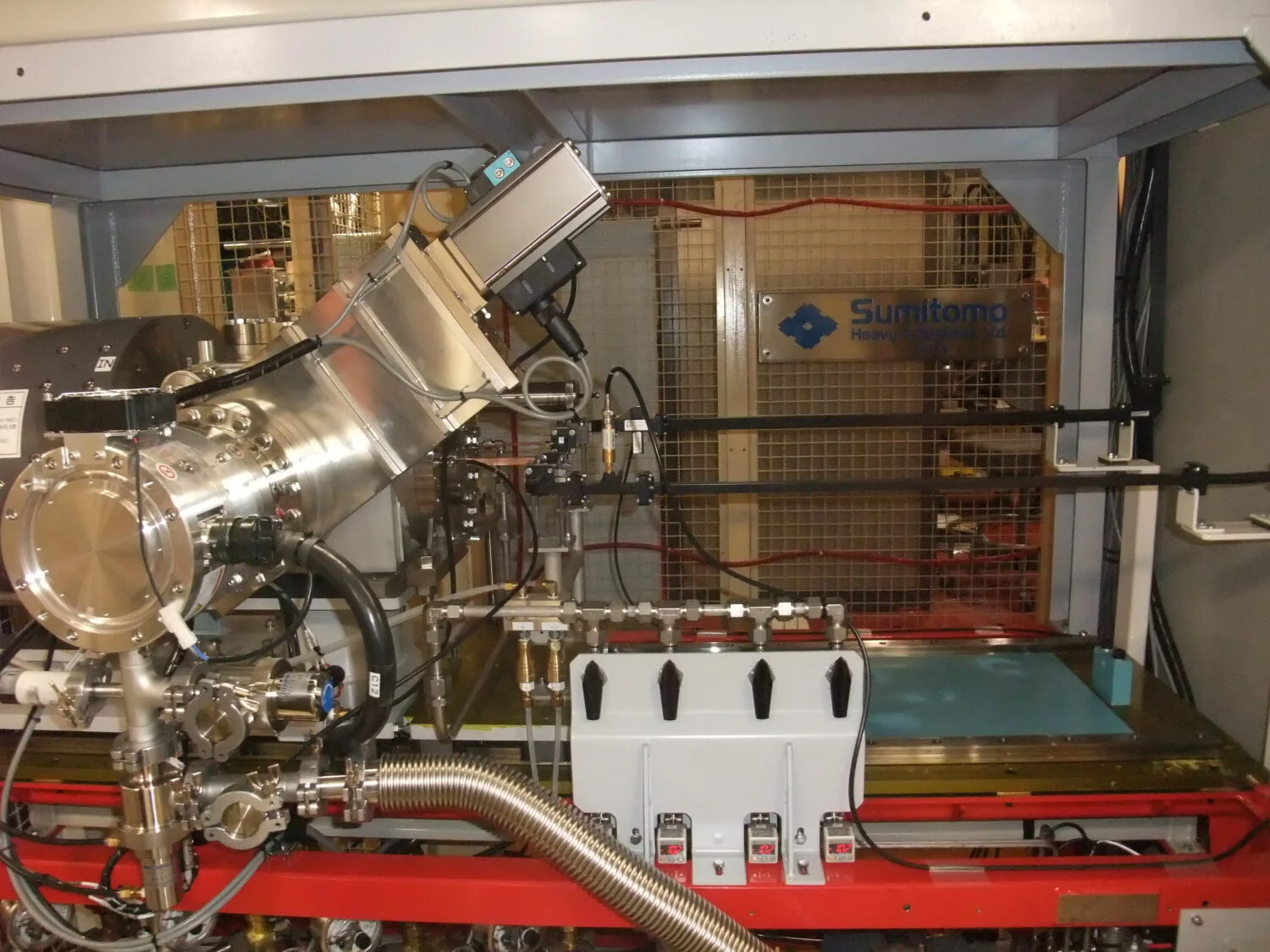
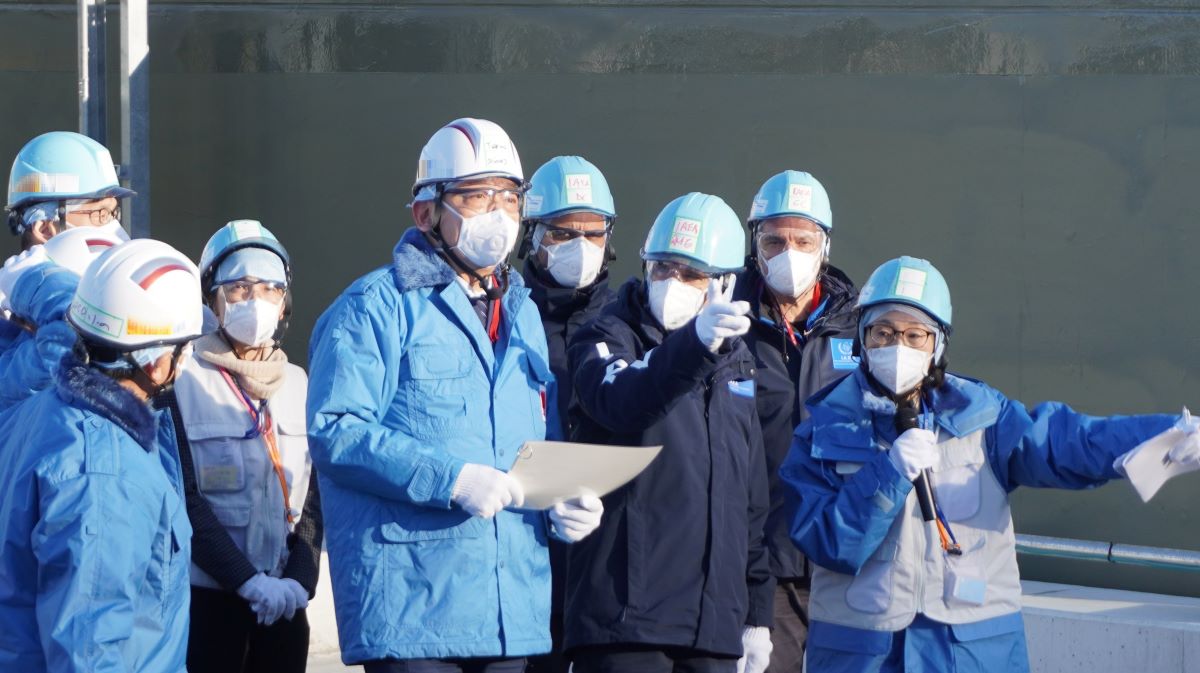
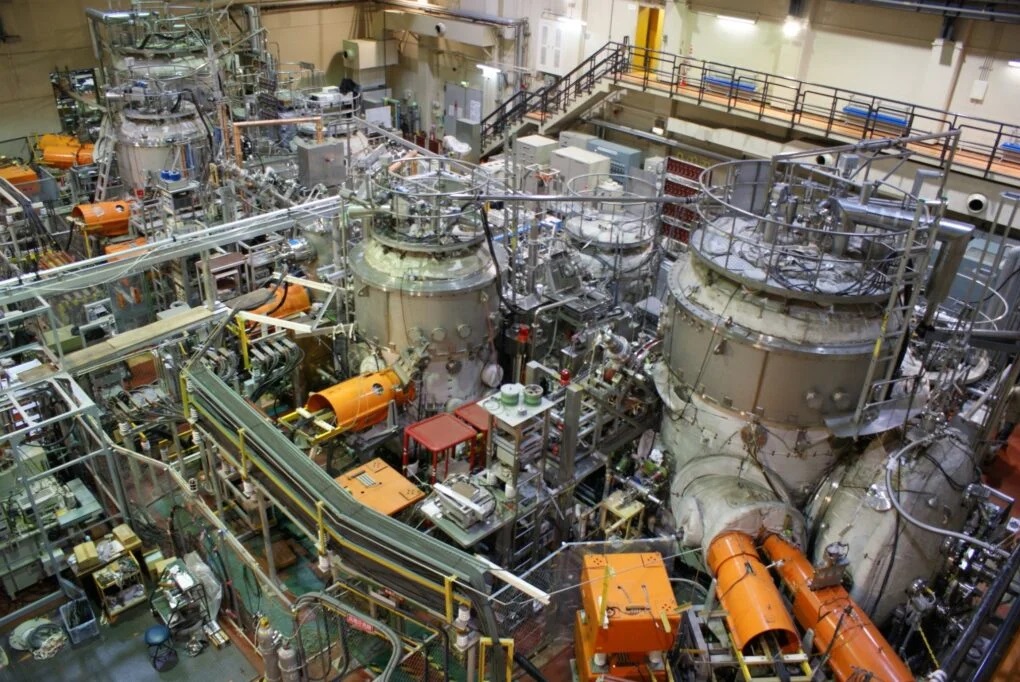
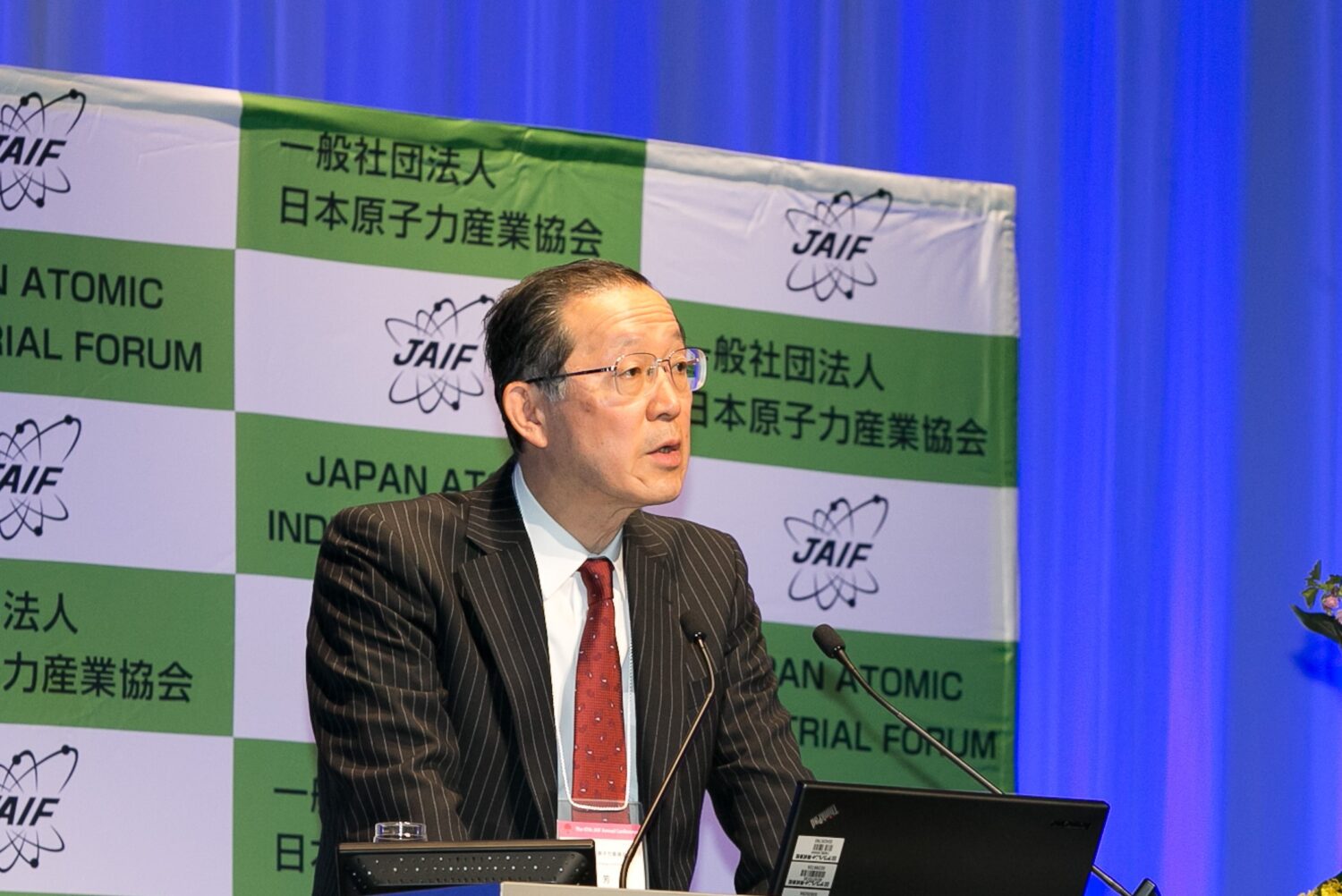
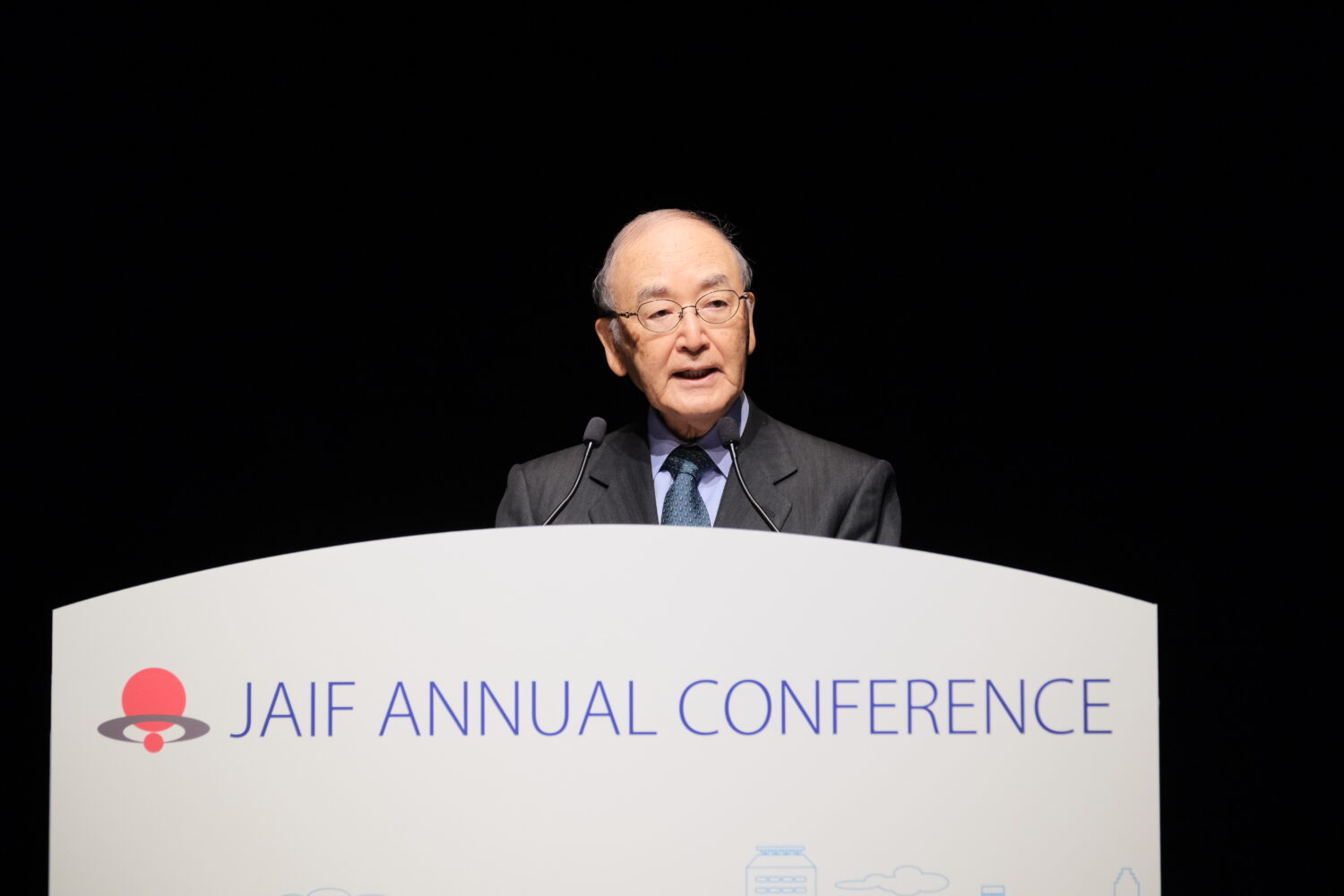
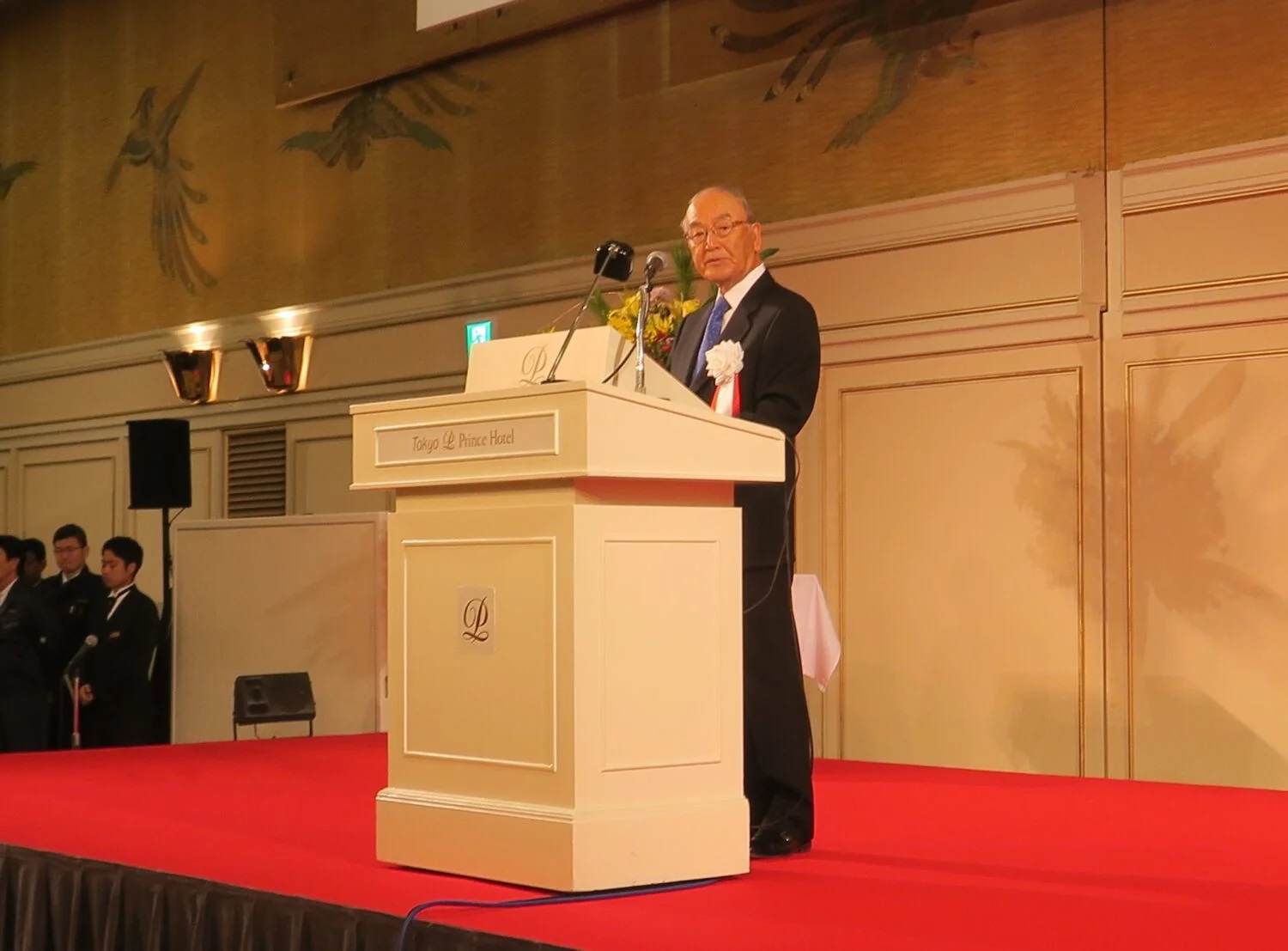
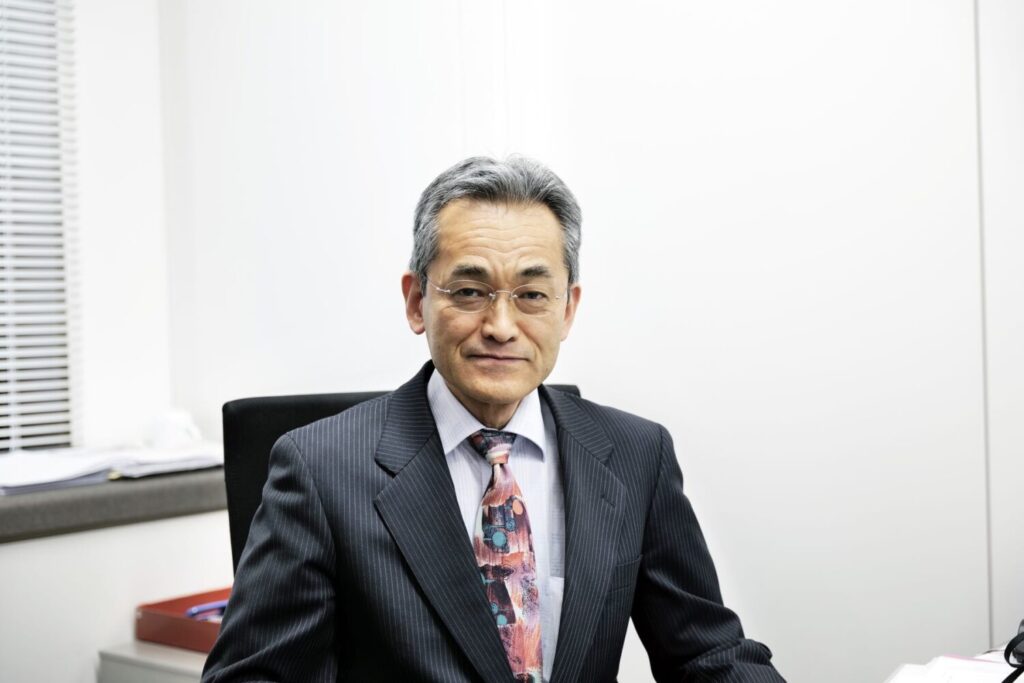

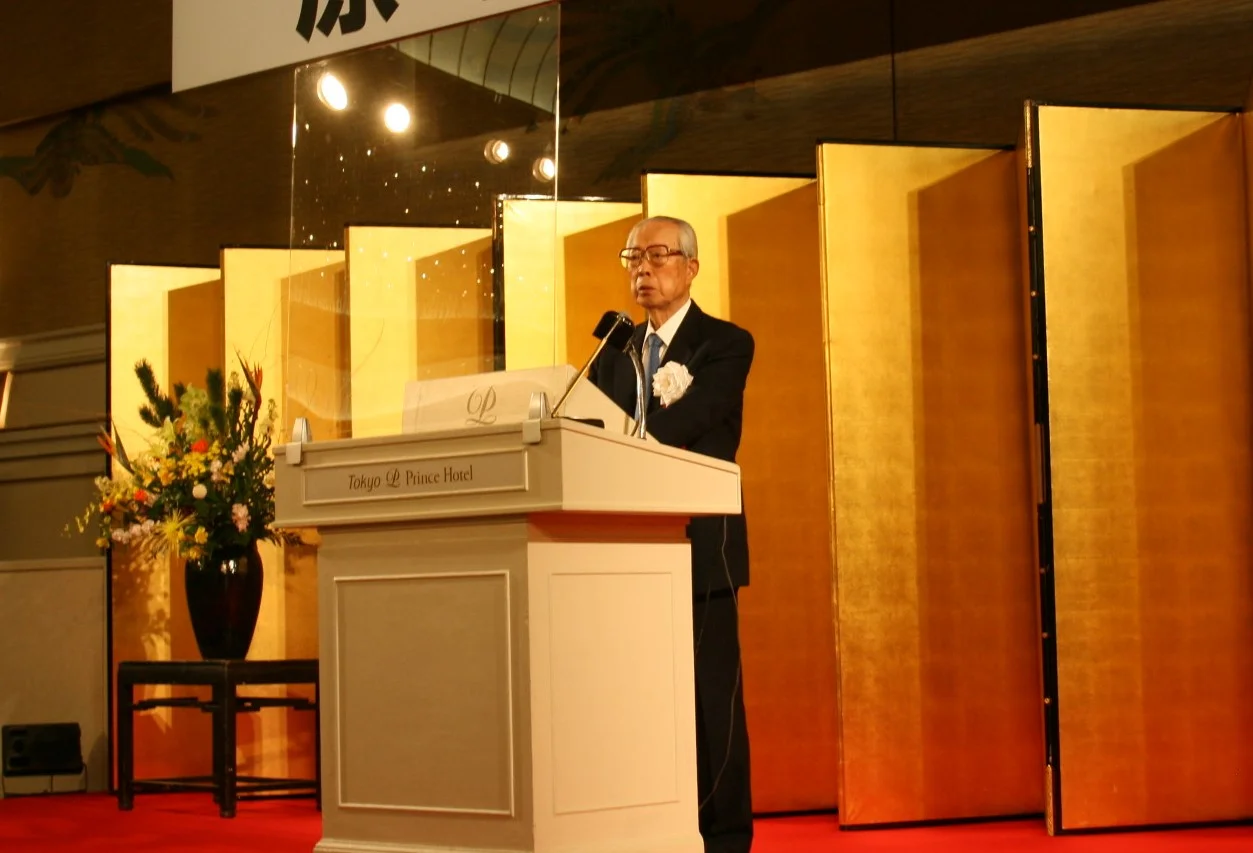
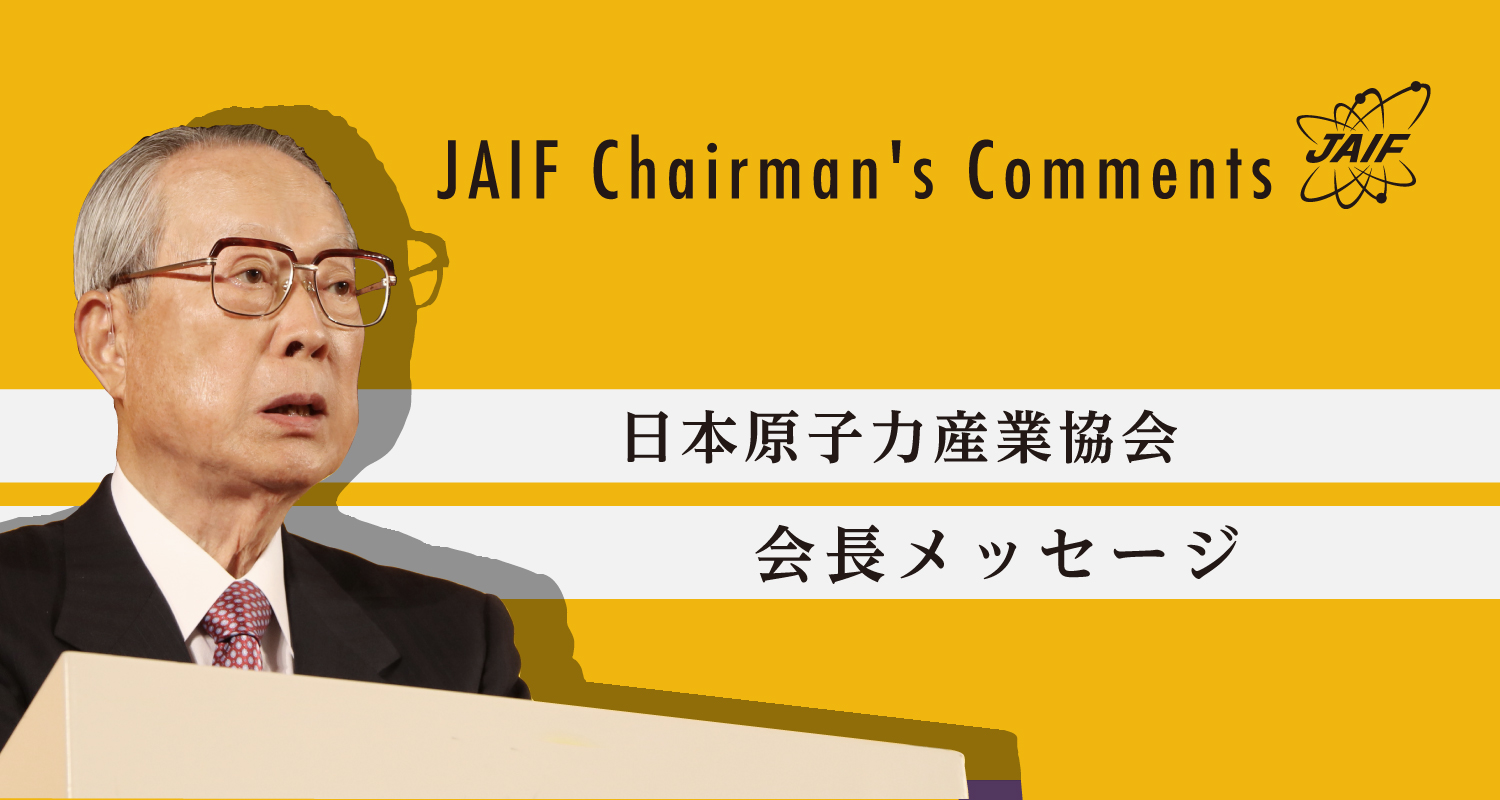
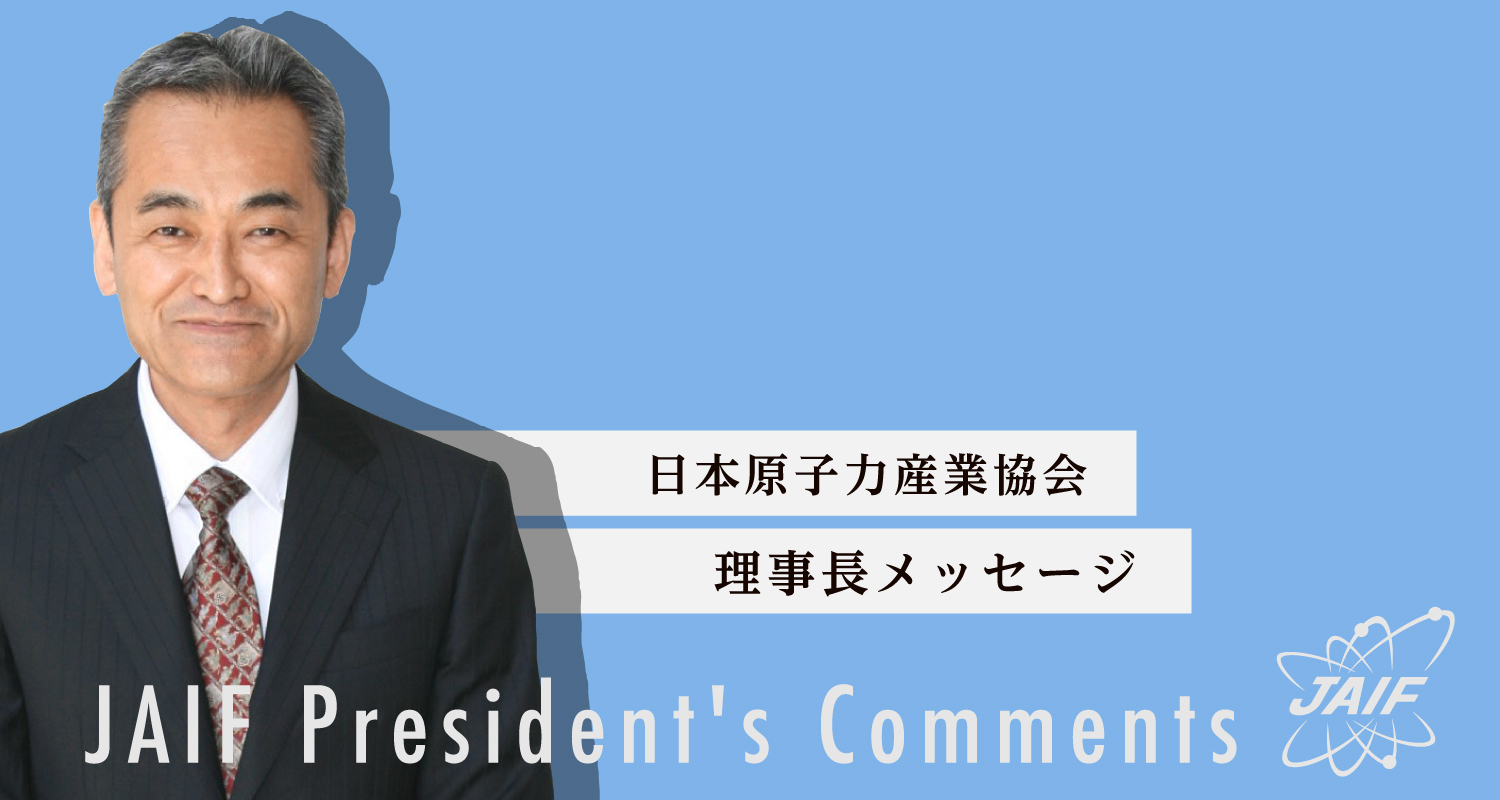
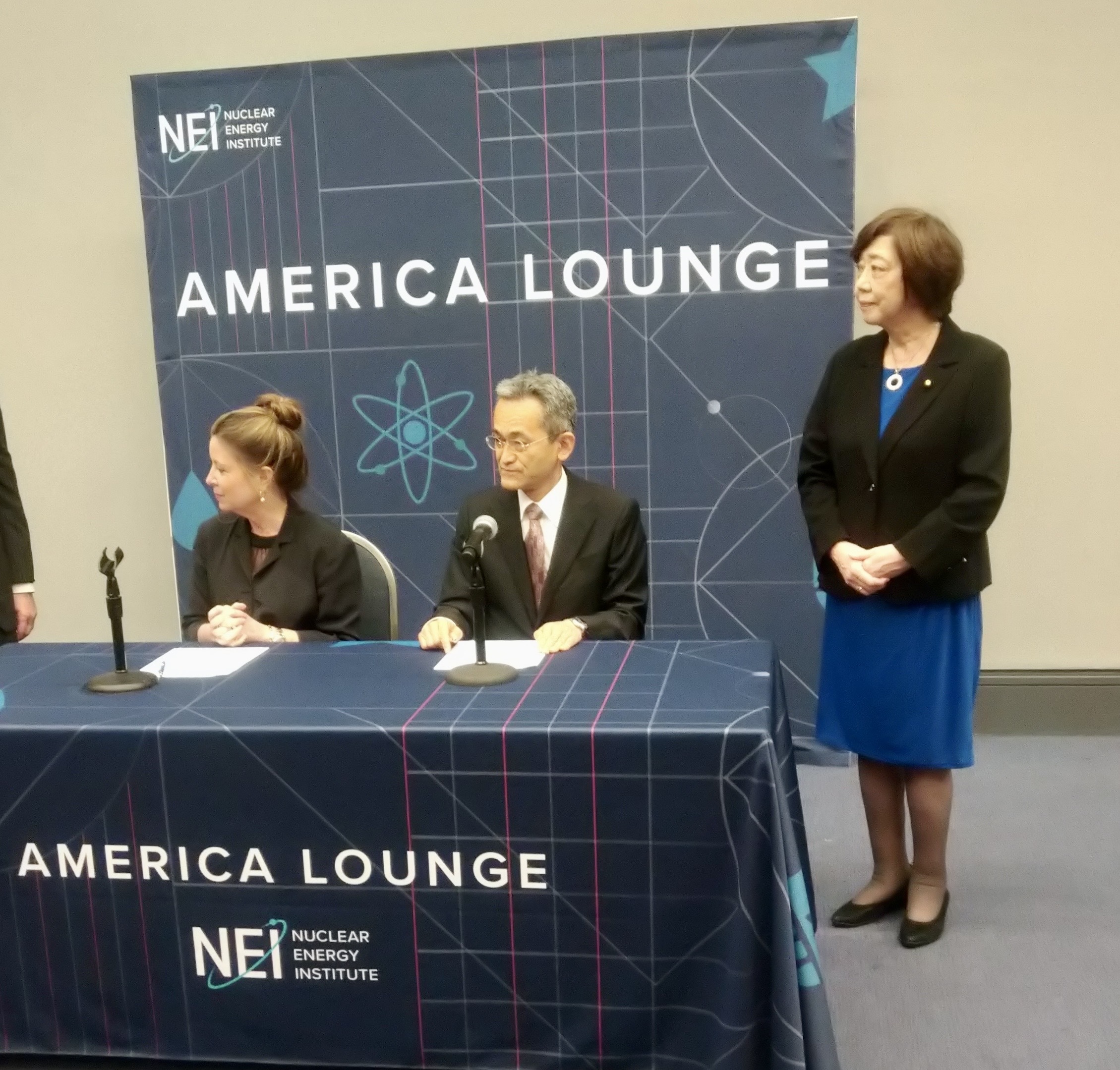

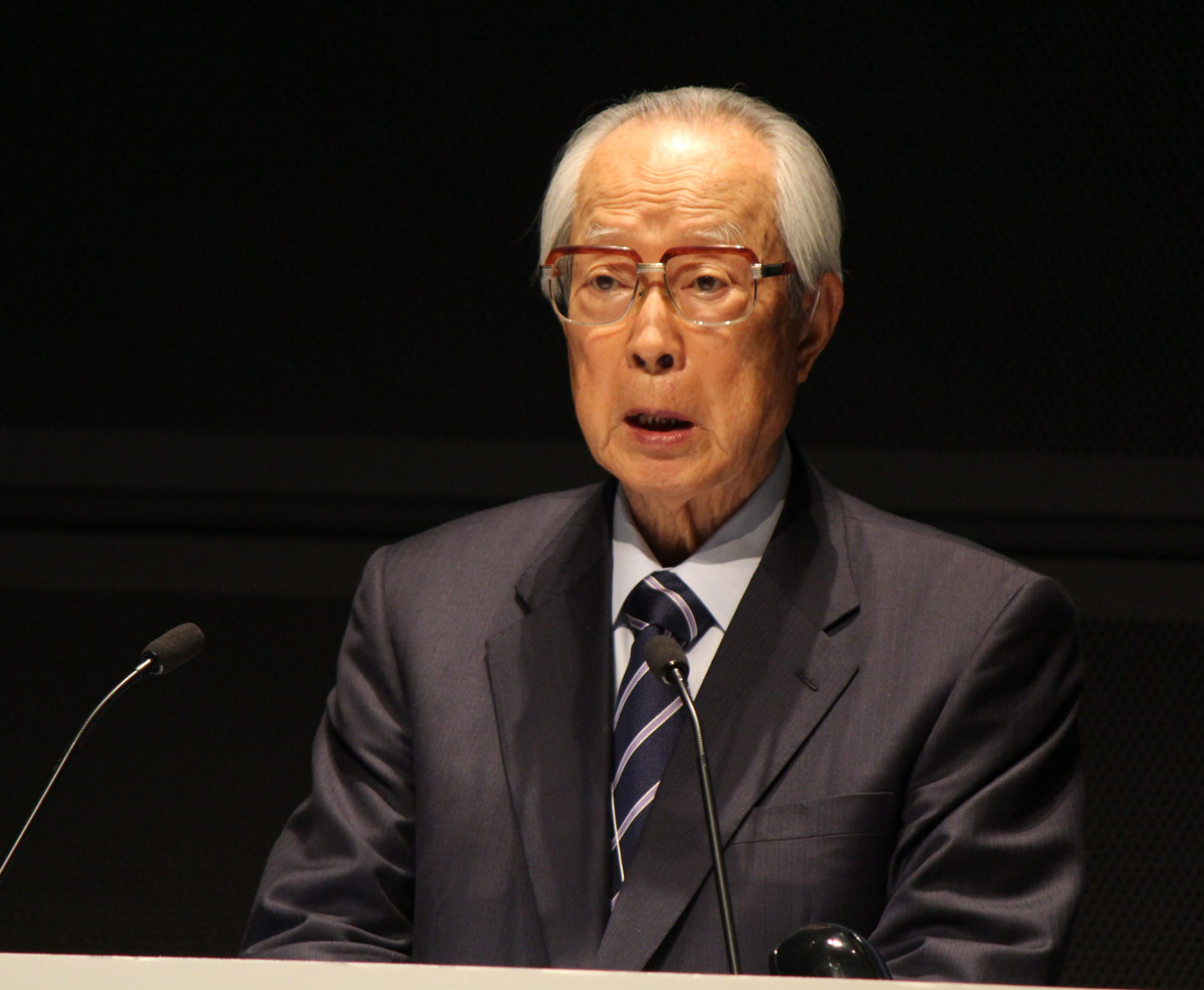
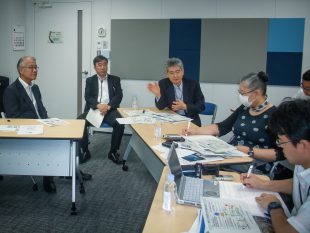


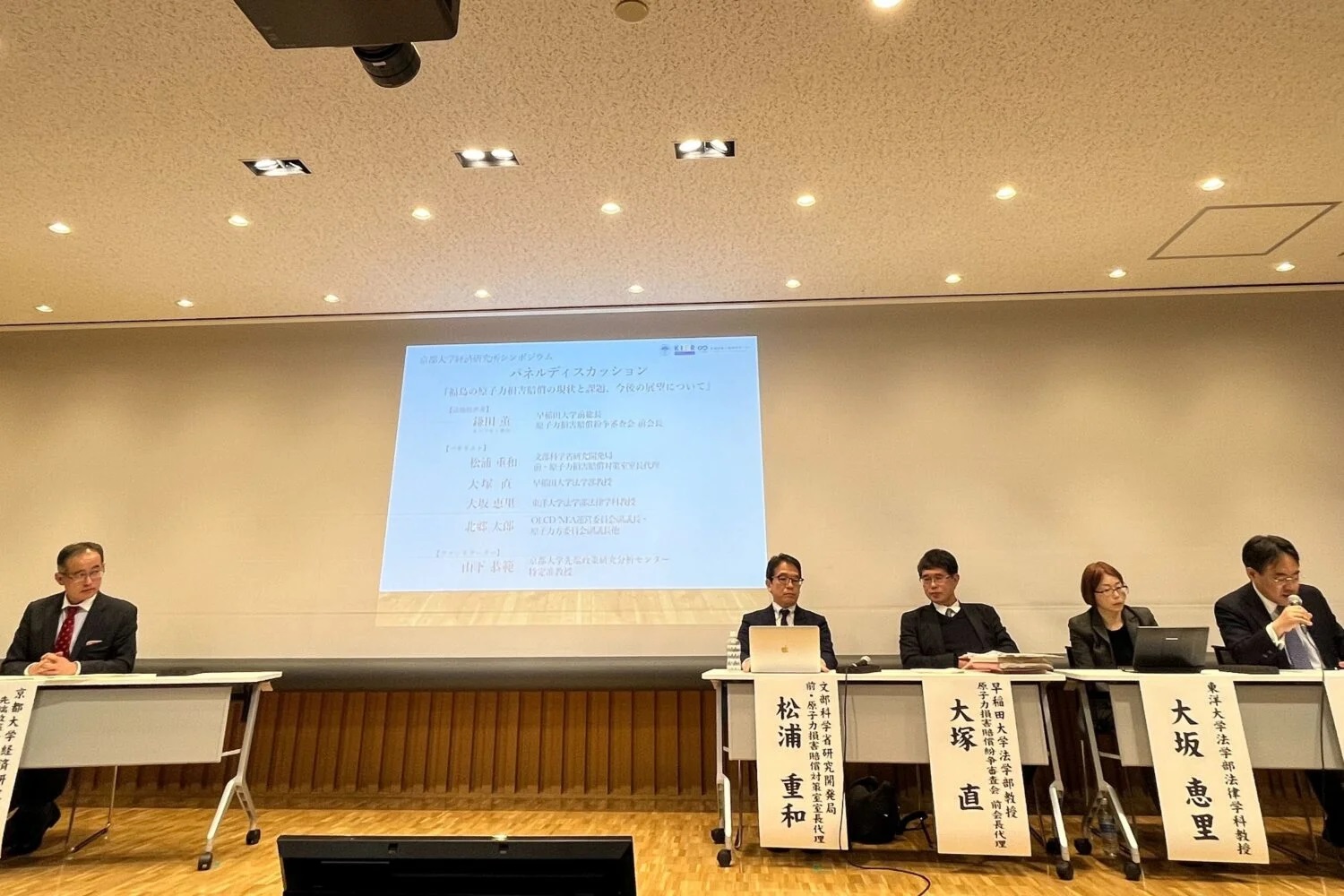
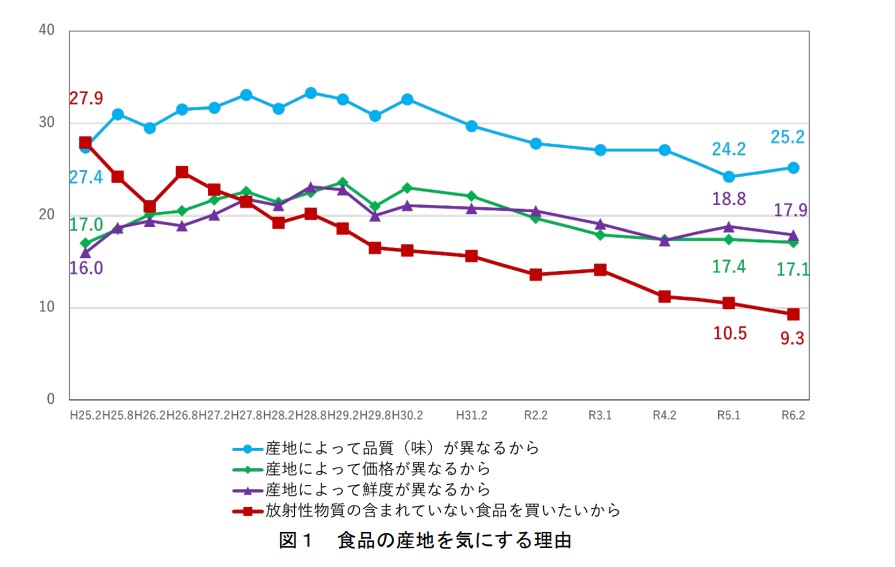
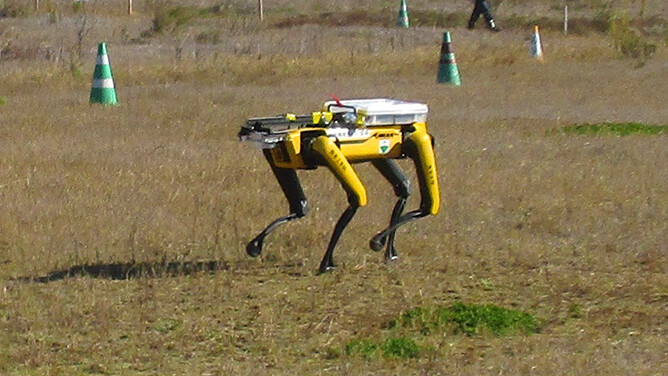
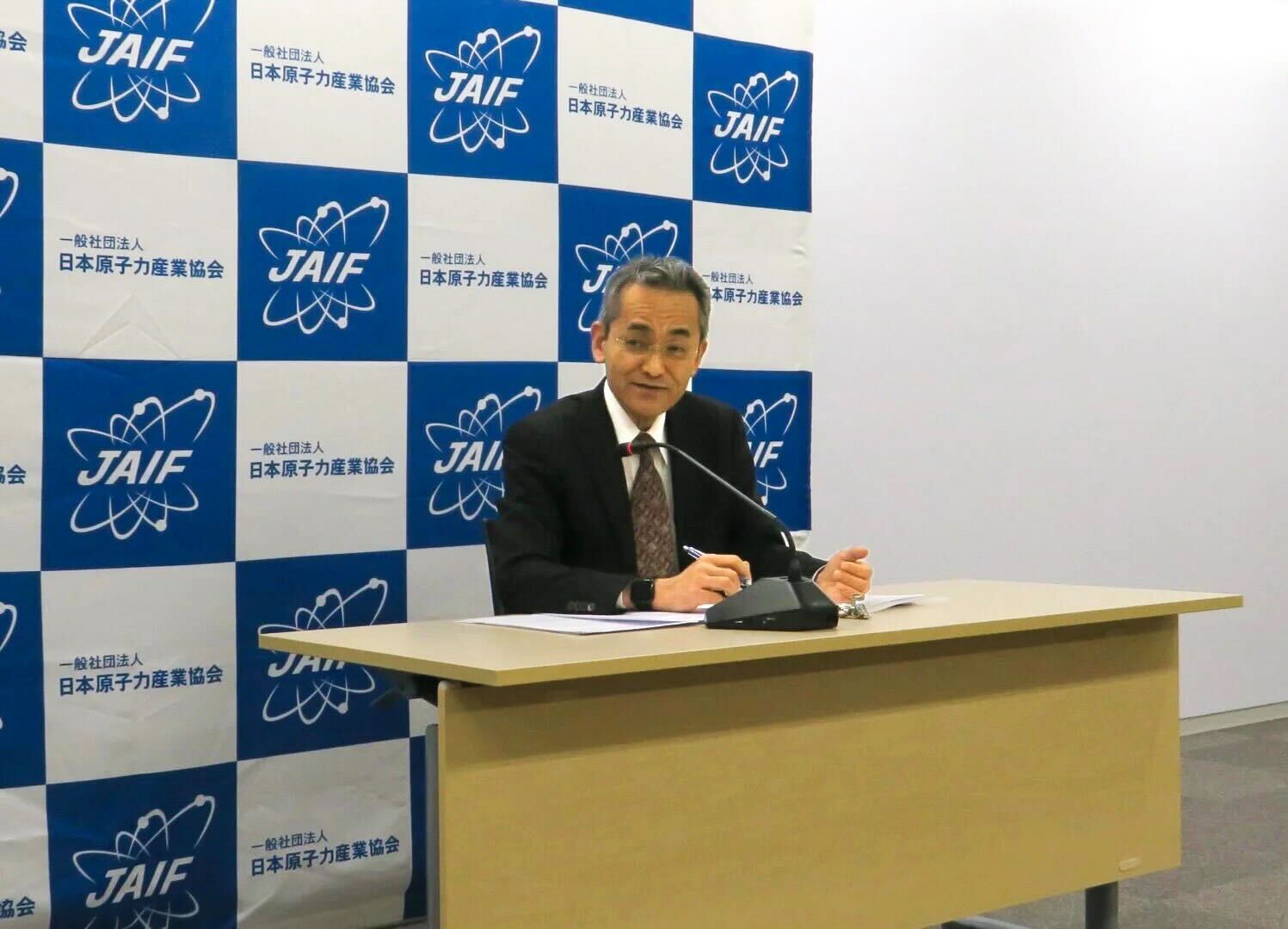
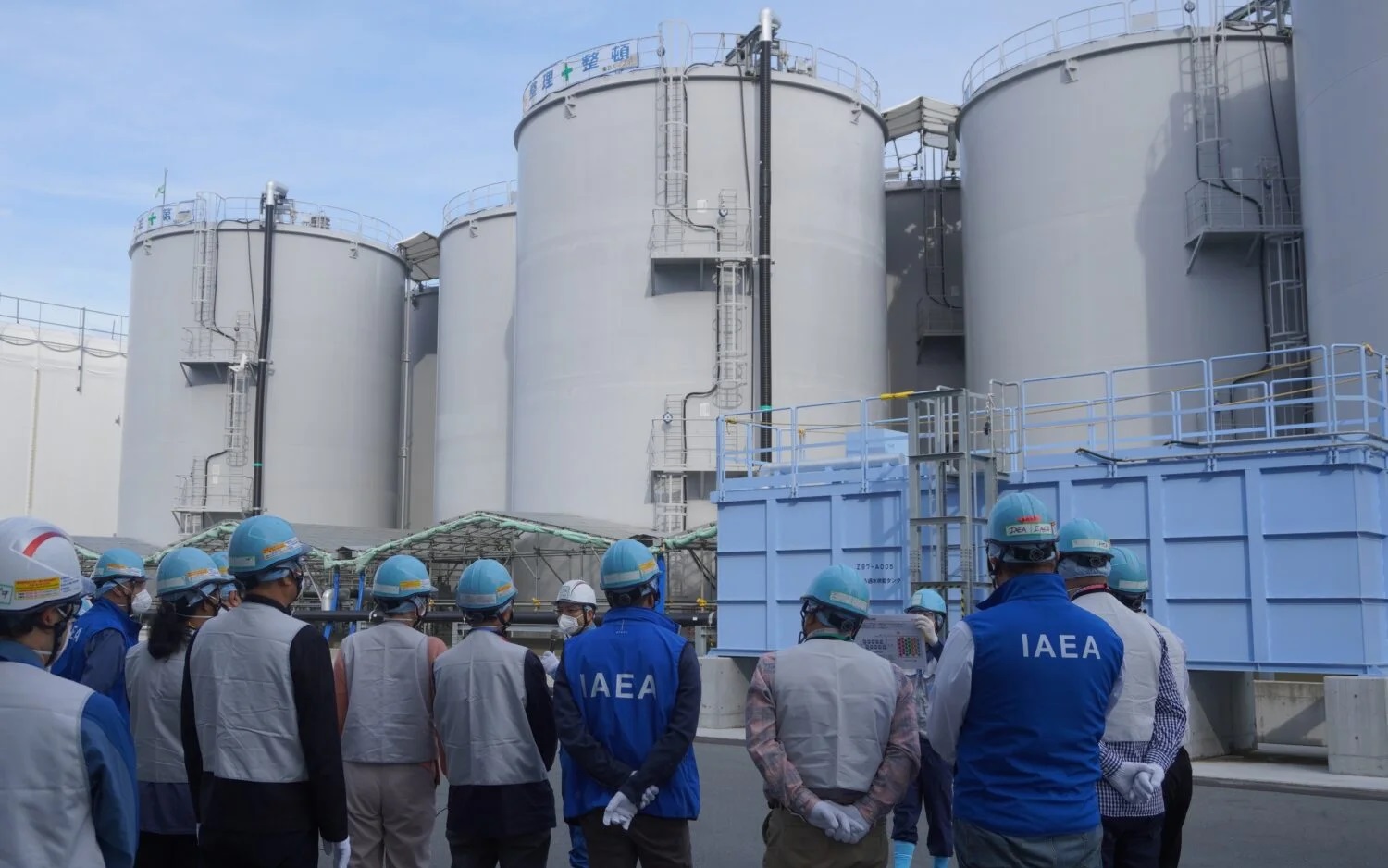
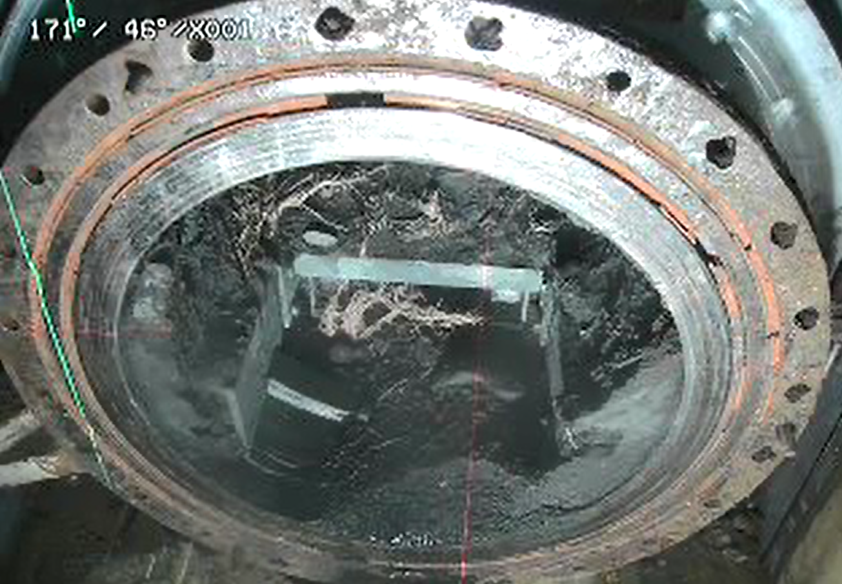

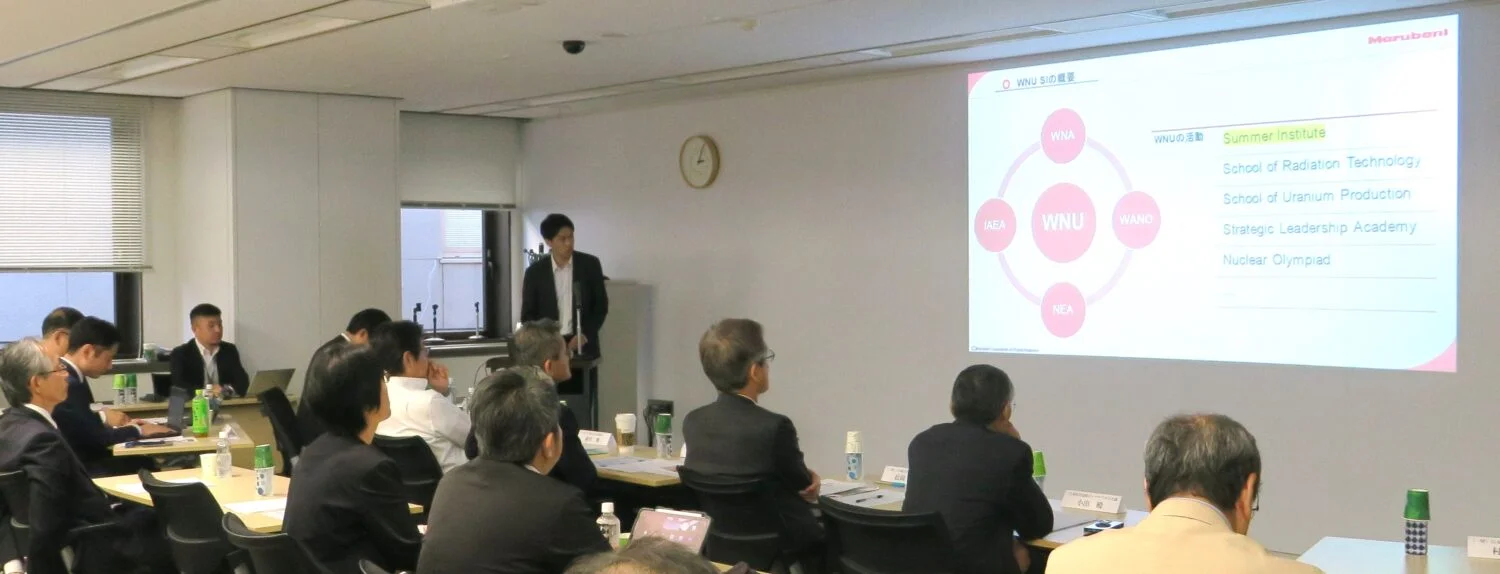
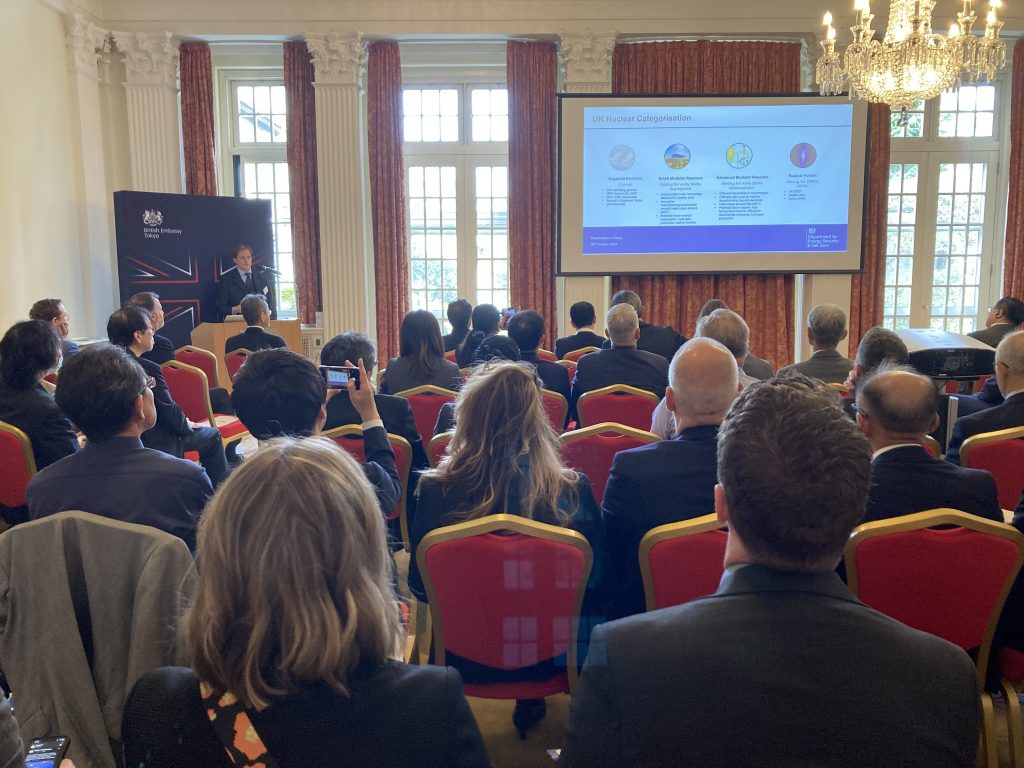
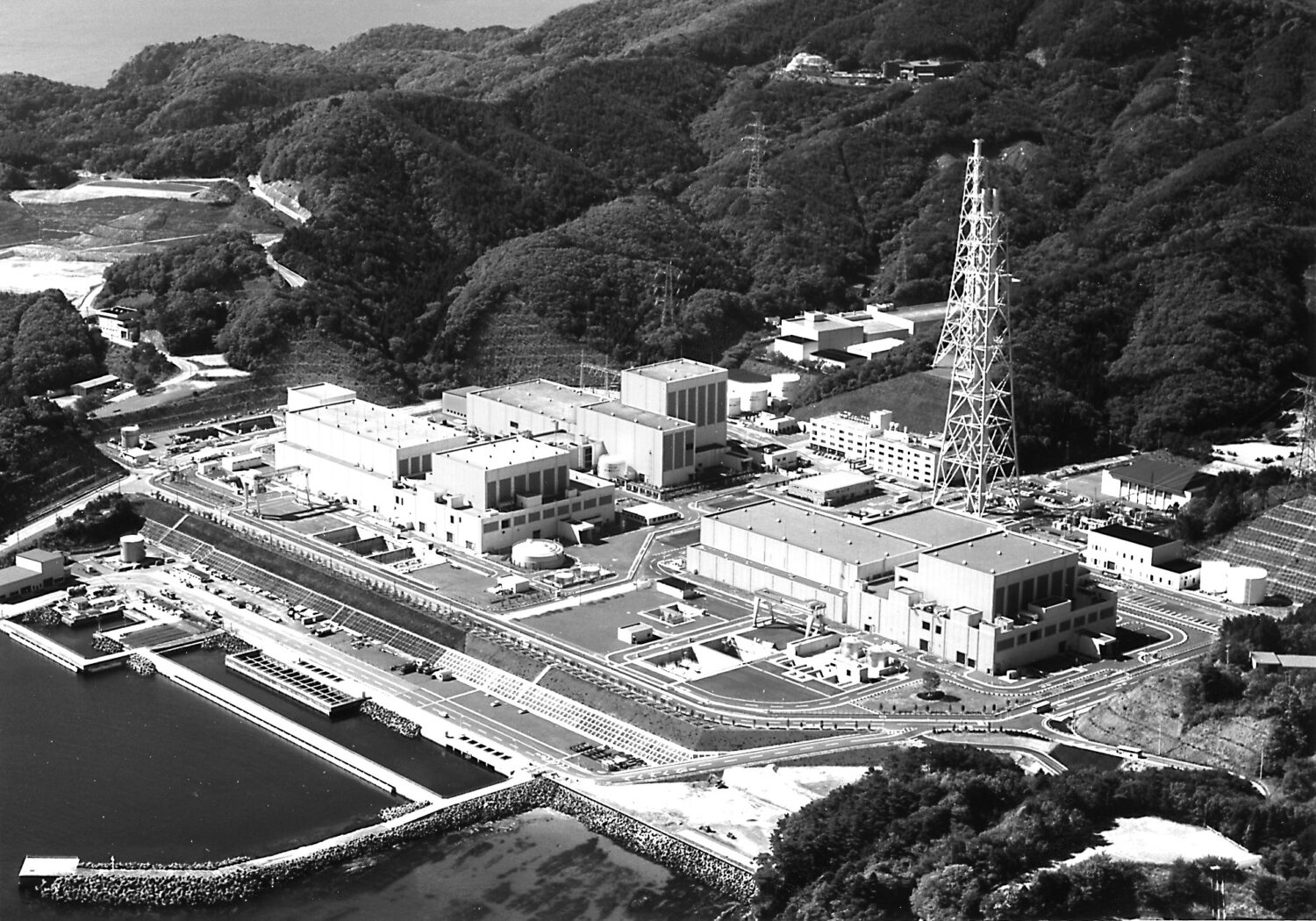
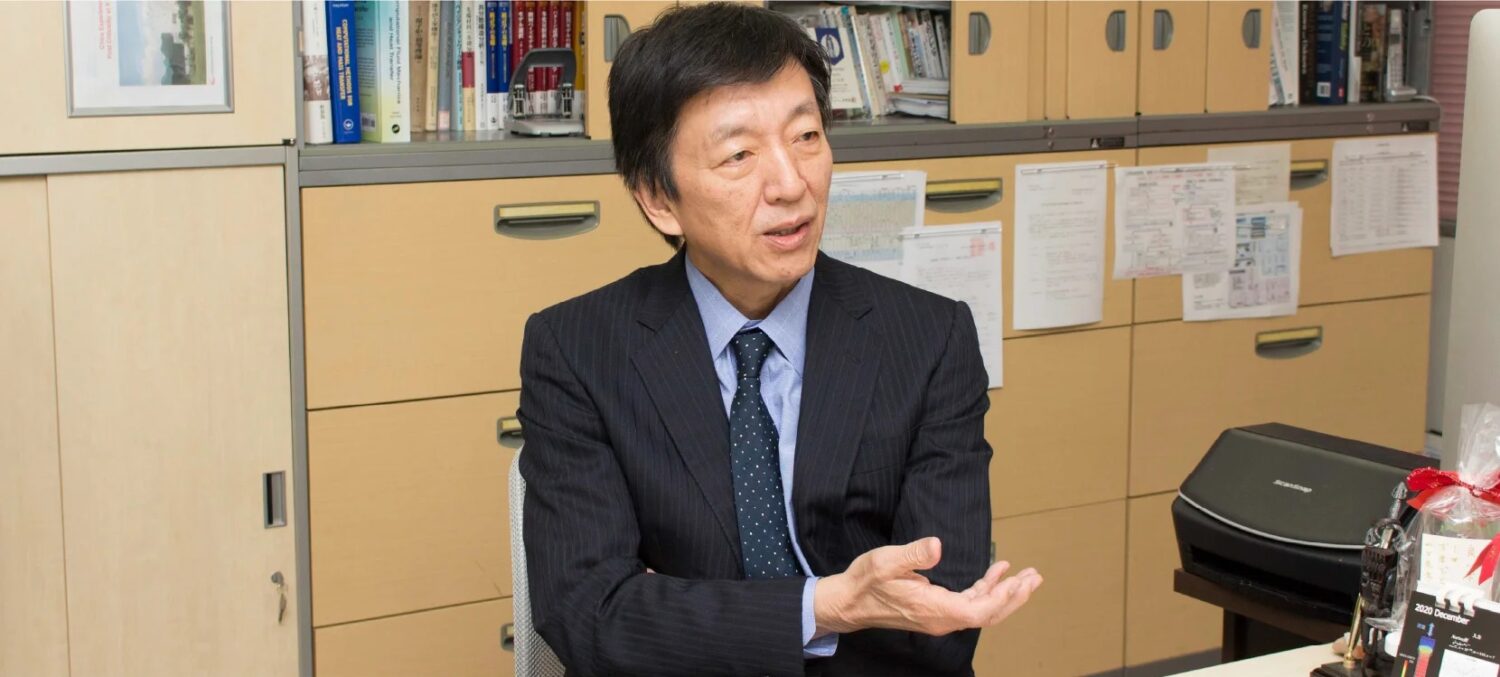
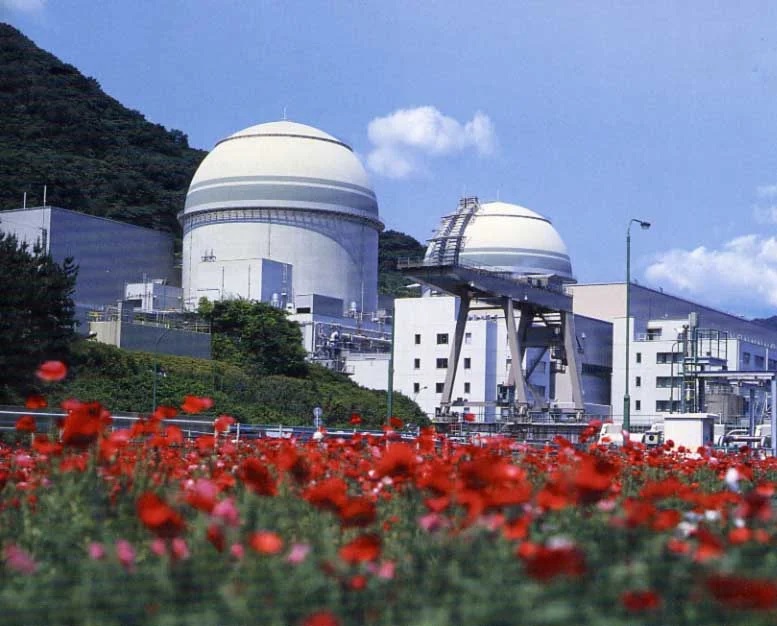
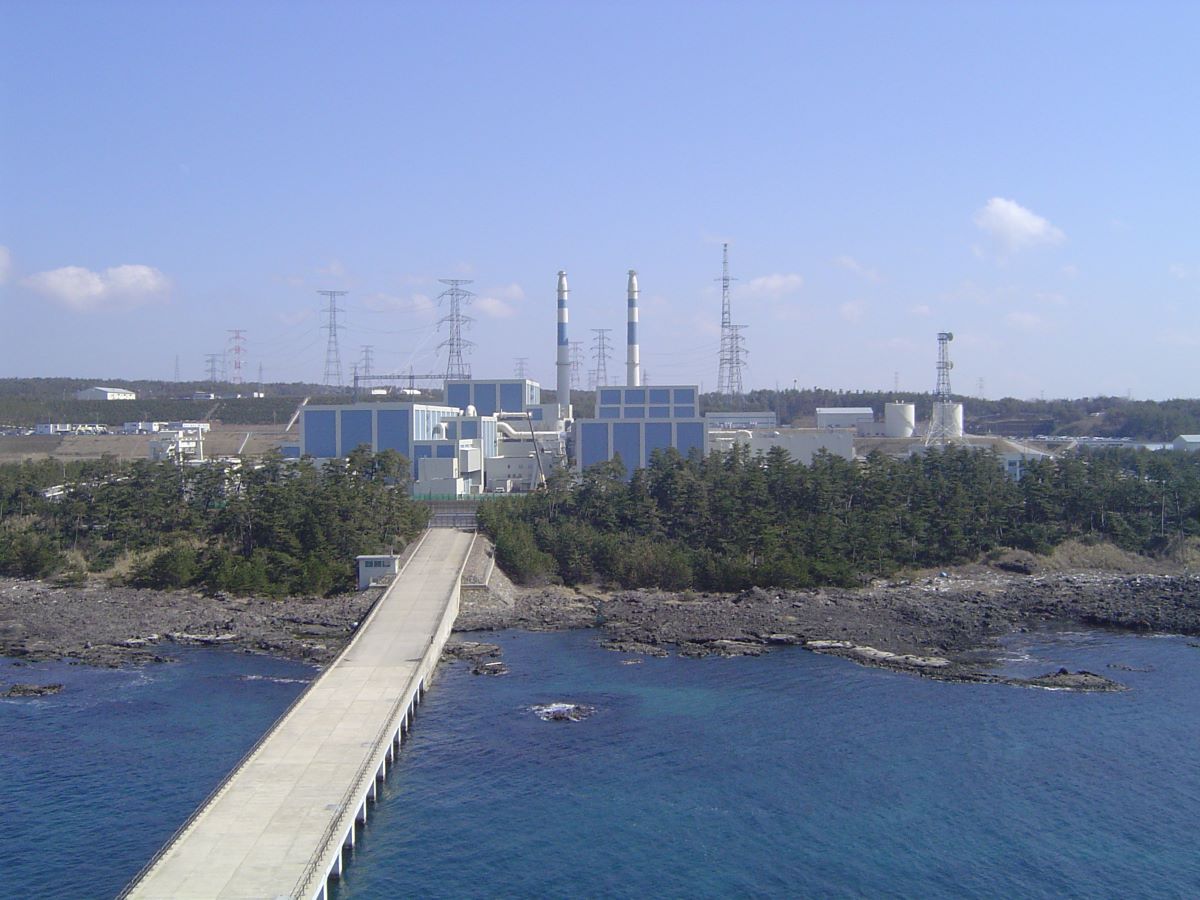
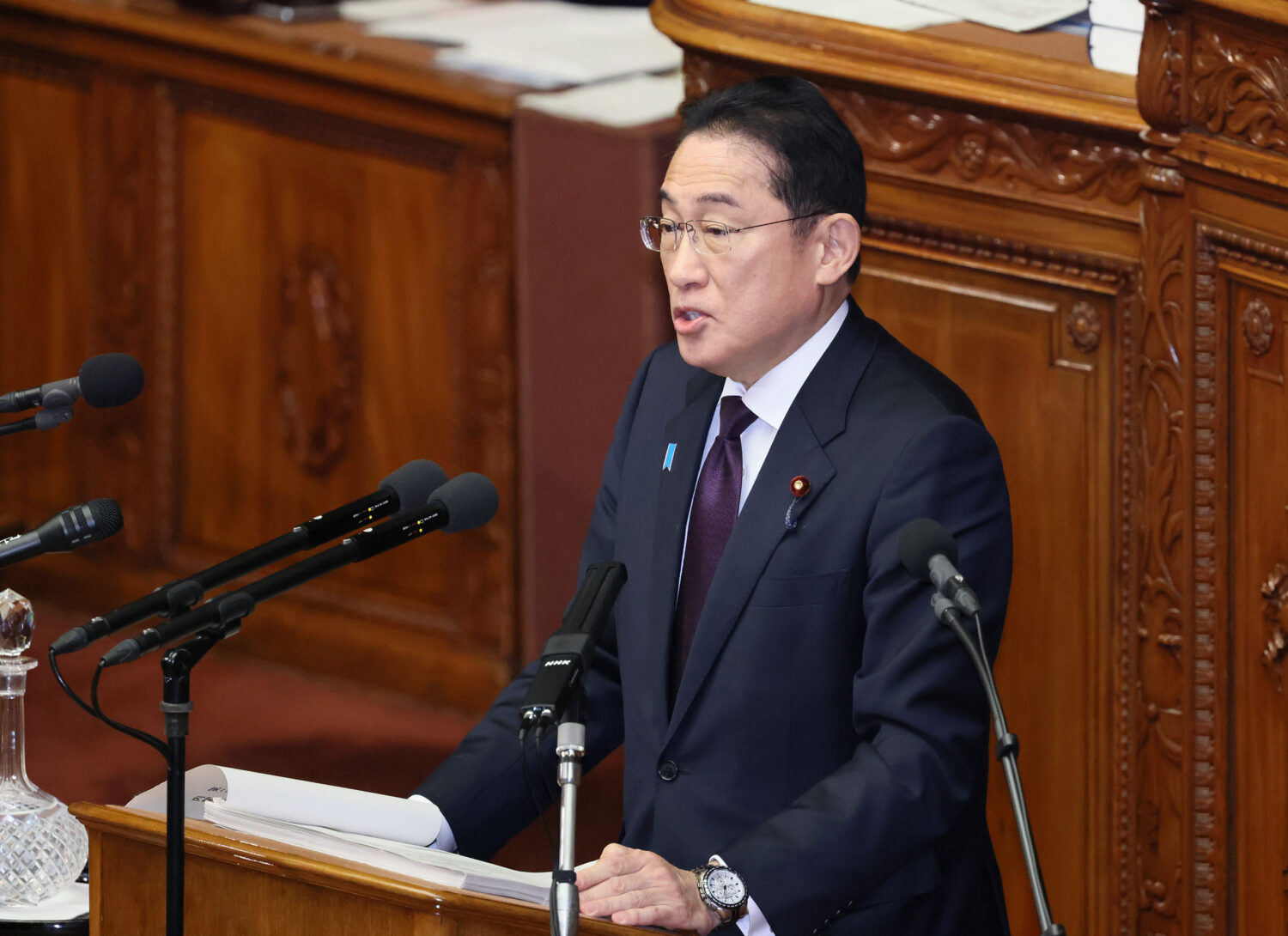


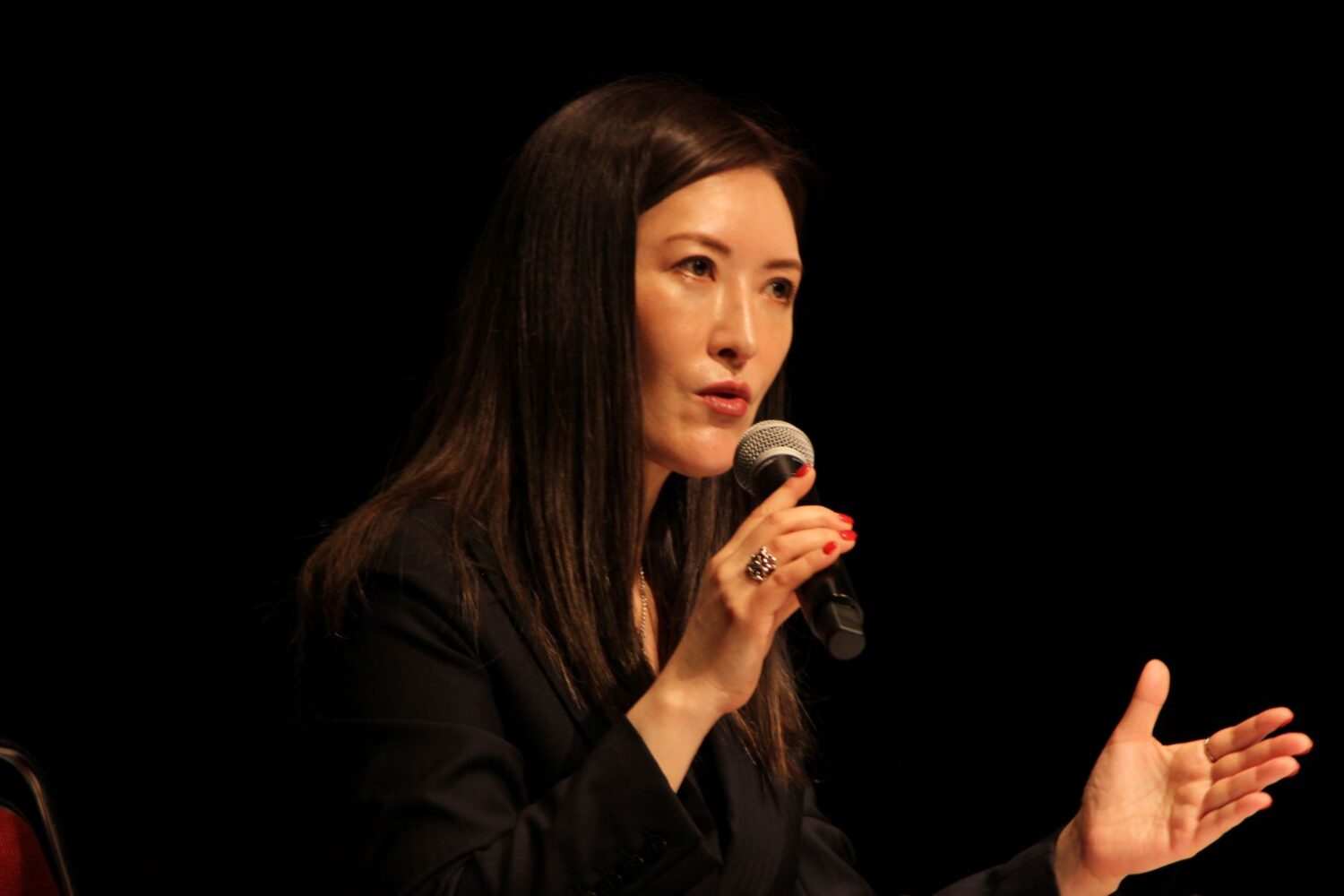

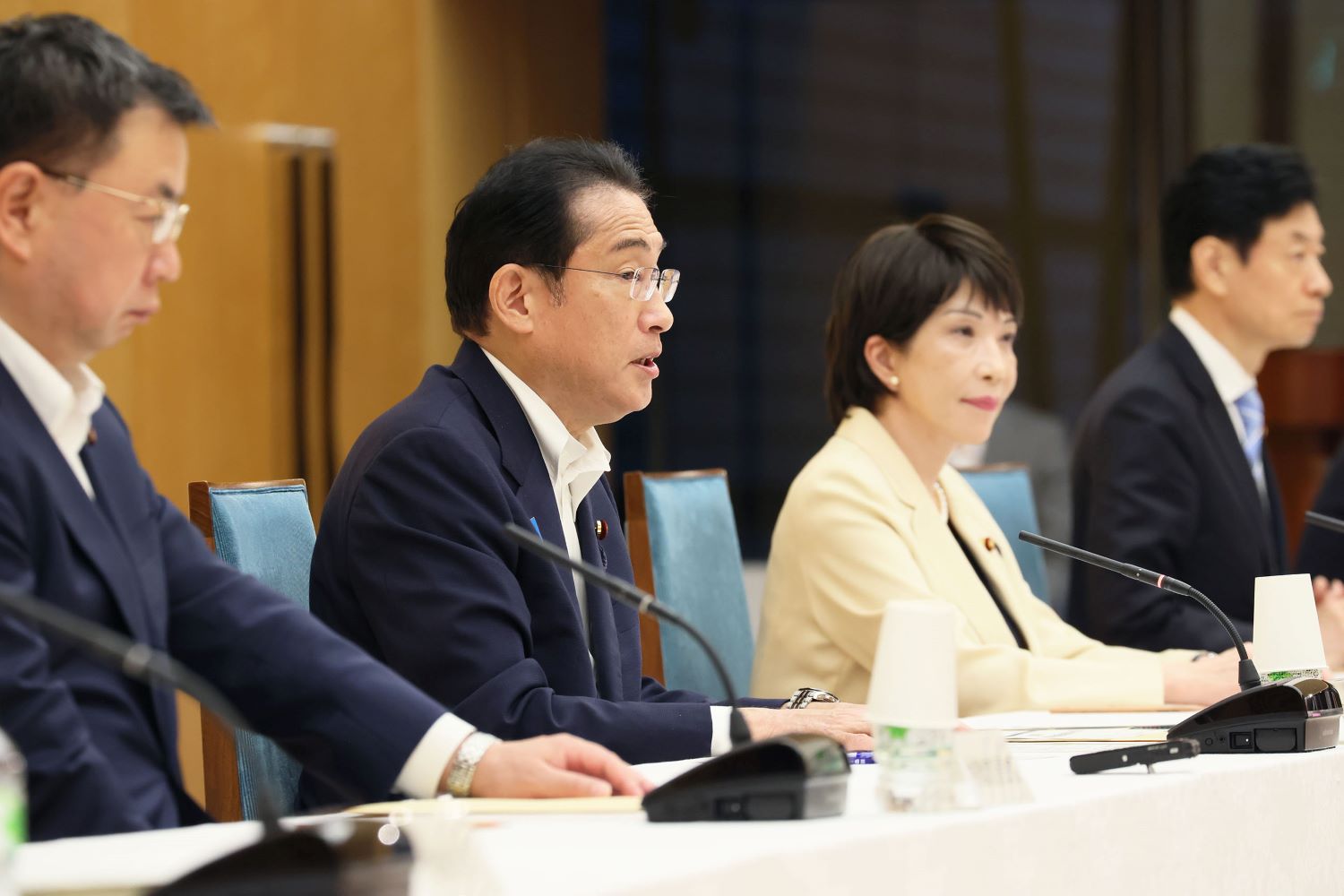
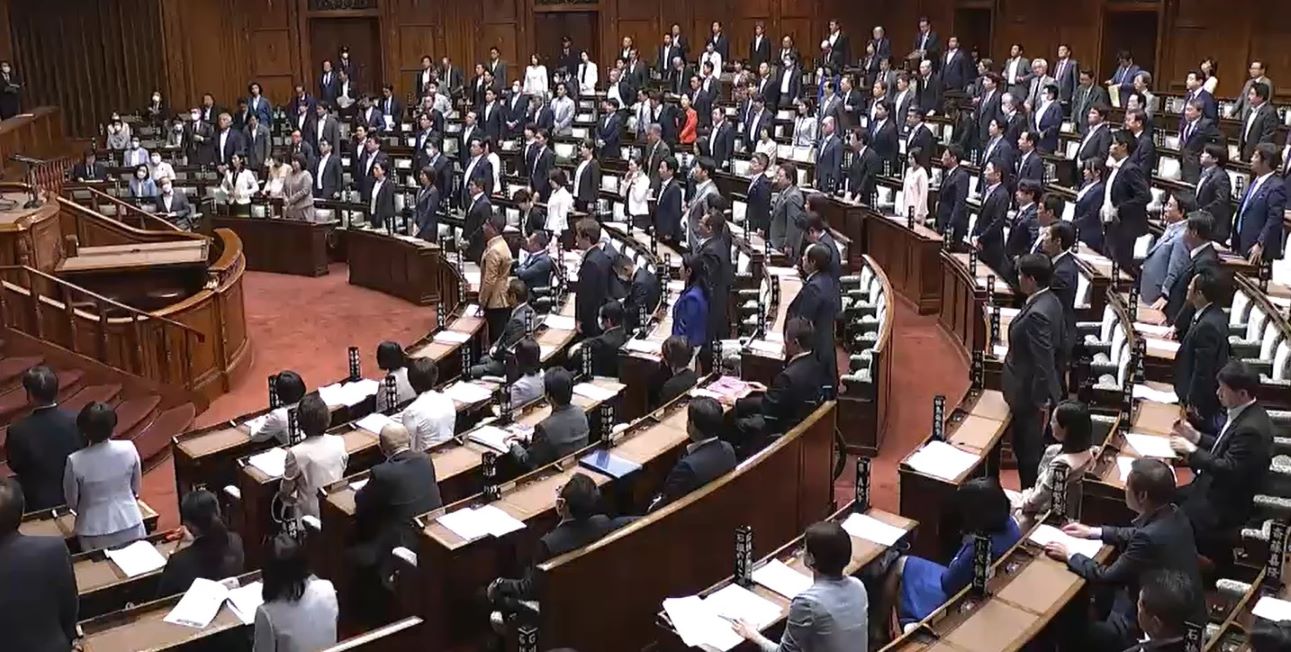
mini.jpg)
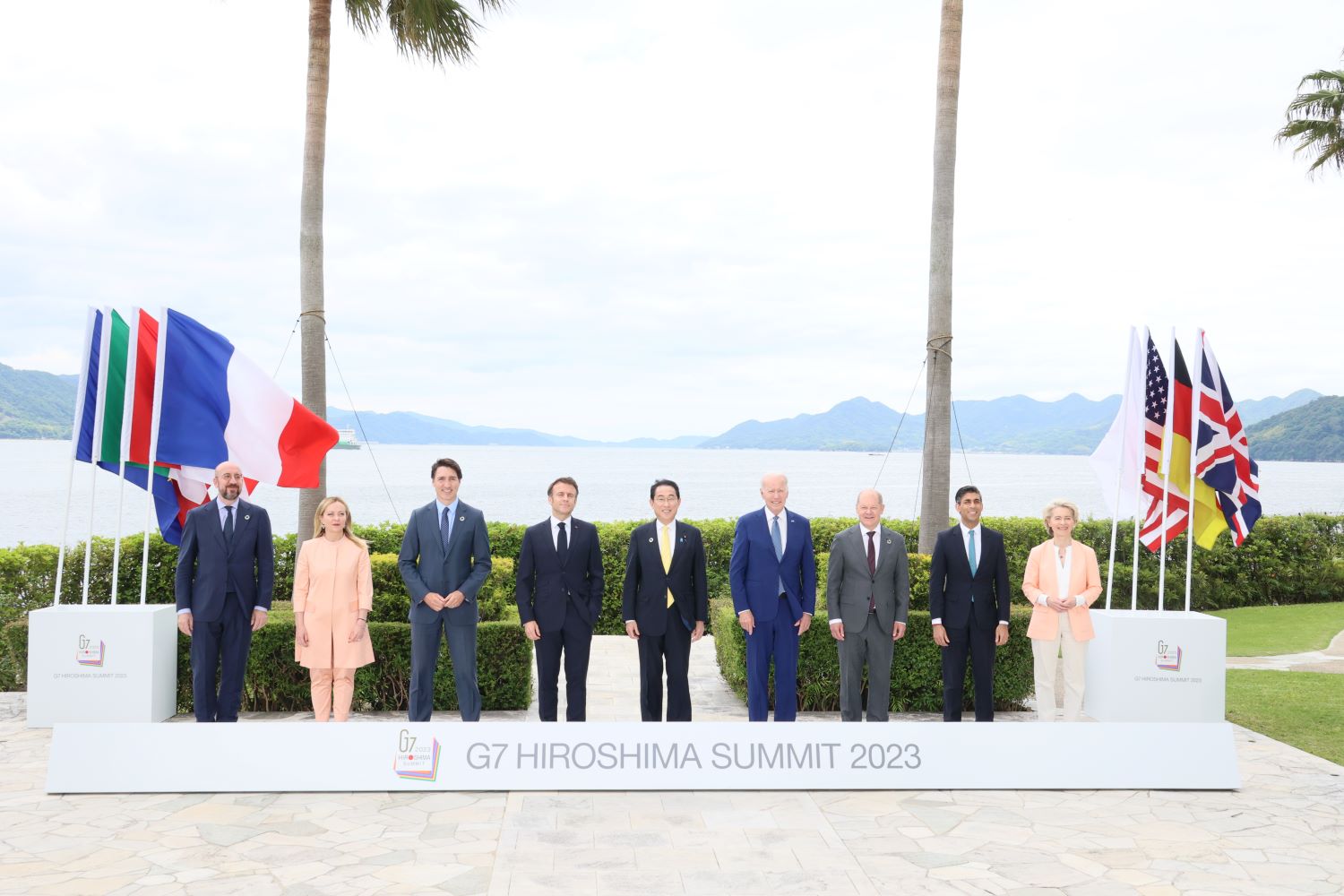
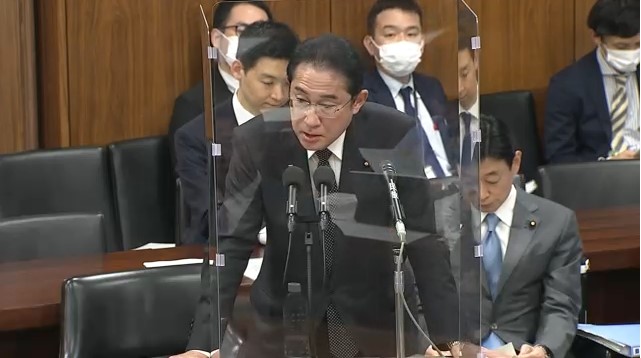
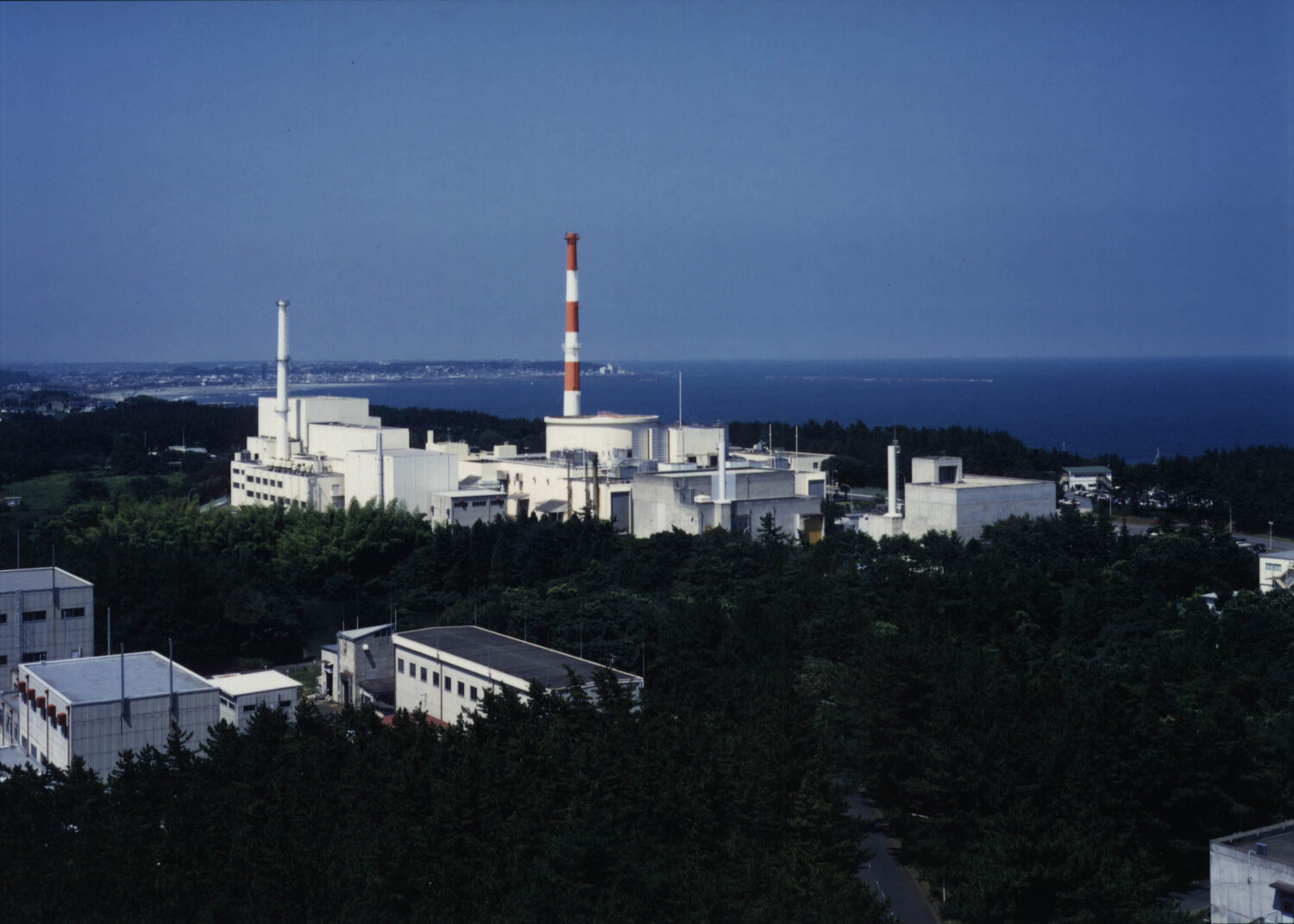
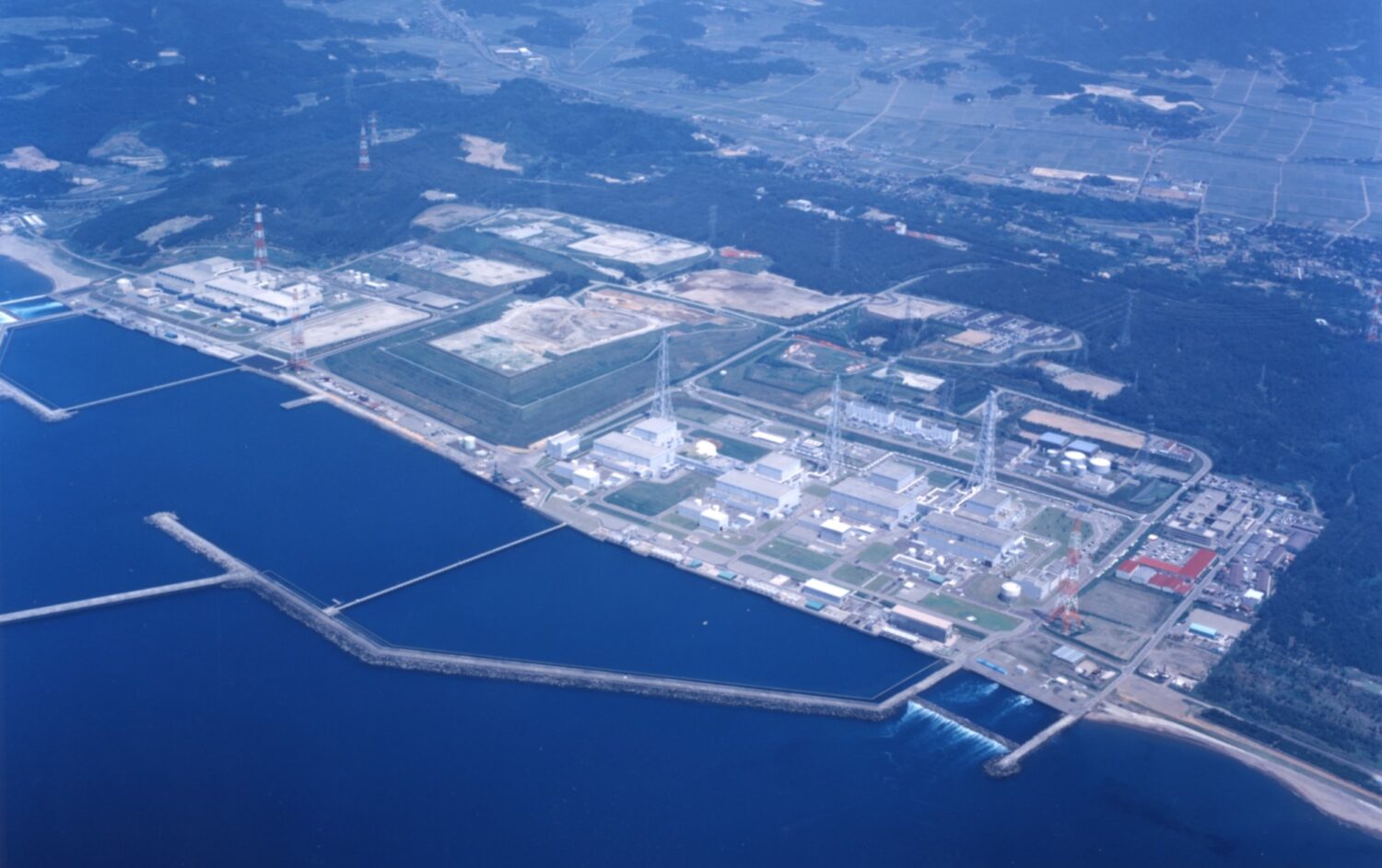
.jpg)
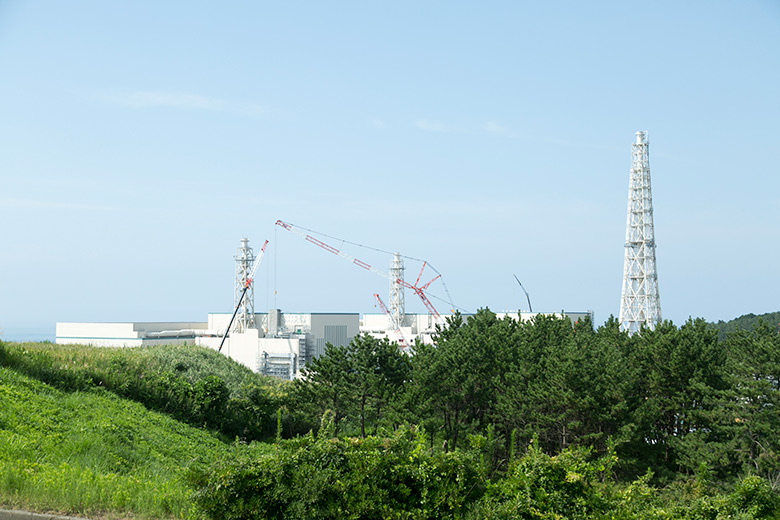
.jpg)

